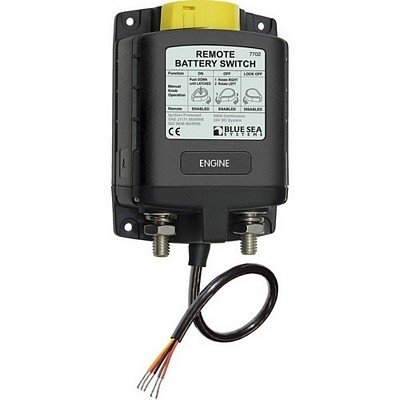diver dave
Guru
- Joined
- Jan 13, 2017
- Messages
- 2,570
- Location
- United States
- Vessel Name
- Coquina
- Vessel Make
- Lagoon 380
ABYC is a good thing. . but I have to join and pay for it.
My beef with ABYC is, if everyone wants to quote ABYC all day and do everything by their standard, make the standard available to everyone. .
In my experience, the US govt is about the only entity I get free specs from. Yesterday, I bought over $500 of specs from IEC. UL, ANSI, NFPA, IEEE, ... they all charge for specs. They have overhead to support, working committees etc.

